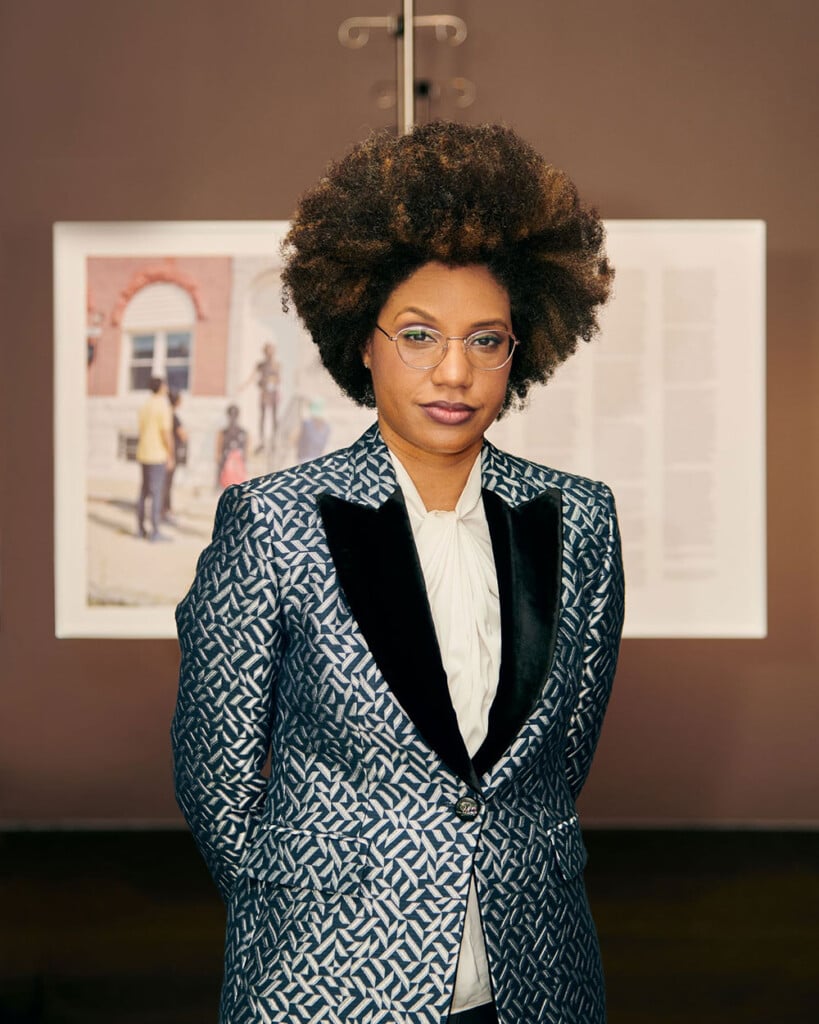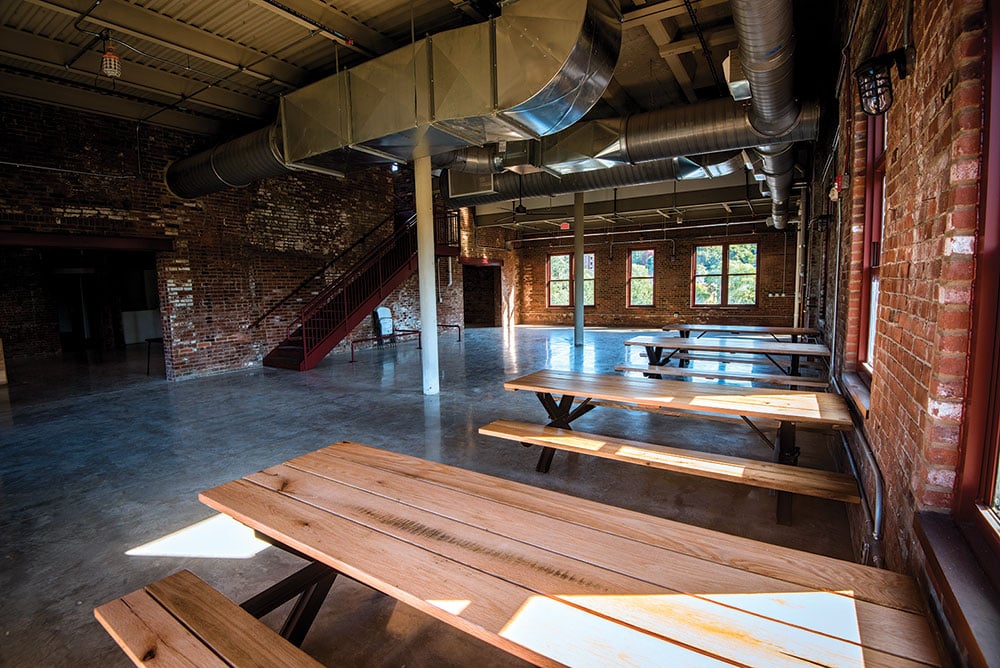Point Park University Launches Growth Plan with Bold Visions for Downtown
Pioneer Vision 2030 calls for a new events center, more performance space, multigenerational housing, more athletic programs and a push for higher enrollment.
By 2030, Point Park University would be one of the most dynamic urban universities in America.
There would be a community events center with a gymnasium and other recreational space, expanded performing arts spaces and engagement opportunities for the school and community. There would be multigenerational housing with artist residencies, apartments for students who are single parents and housing for retirees. And there would be a bolstered curriculum focusing on experiential learning with industry- and community-immersed programs.
These are the highlights of Pioneer Vision 2030, the most ambitious strategic plan that Point Park has put forth in its 90-year history that aims to build on the success of its world-class Conservatory and to capitalize on its location Downtown to become a center of the arts, entertainment, media and recreation.
“This is truly transformational,” said President Chris W. Brussalis, who officially took the university’s helm in July.
“There’s an opportunity for us that, in being in the city of Pittsburgh, we are the Downtown university,” he said during a media briefing last week. “… Downtown is the future and becomes the center of arts, entertainment and recreation. And that’s what we are. That’s our sweet spot.
“We feel that Point Park can be the catalyst for Renaissance III in Downtown Pittsburgh,” Brussalis added.
University trustees approved Pioneer Vision 2030 at a meeting on Oct. 24, and Brussalis announced the details Monday, Oct. 30. In the planning stages for 18 months, it includes six strategic initiatives that involve building enrollment, expanding experiential training and partnerships with business and industry, adding sports programs, strengthening links with alumni and formalizing campus traditions such as homecoming and more.
Brussalis said he does not have cost estimates to accomplish these goals; fund-raising and inquiries are “still in the quiet phase,” although he does plan to launch a major capital campaign. He said officials have been meeting with “dozens and dozens of stakeholders about our vision and our plans… Everyone has been so enthusiastic because someone finally has a vision and it’s a doable vision.”
Point Park, he said, is willing to take the lead and be the steward for these projects, but noted that these are regional assets. “We’re going to require leverage and participation from the public sector, the corporate sector, the foundation sector and the private sector and our donors to pull this off.”
The cornerstone of the plan is building upon the success of its Conservancy of Performing Arts, which focuses on dance, cinema, arts and theater. It draws students from across the nation and has a waiting list. The plan calls for building its enrollment and strengthening its connections with Point Park’s other five schools. Currently it enrolls 838 students; a first goal is growing admissions 30% by 2024 or by about 250 students.
As examples of strengthening synergy with other schools, Point Park offers a sports, arts and entertainment management program in its business school. It has a minor in theatrical engineering and the Pennsylvania Department of Education just approved a dance educator certification, which he believes is the first in the country.

PRESIDENT BRUSSALIS CHATS WITH ALUMNI AT A HOMECOMING EVENT IN SEPTEMBER. PHOTO BY NATALIE CAINE | COURTESY POINT PARK UNIVERSITY
Overall, the university reached its highest enrollment of 4,224 in 2017 and then saw a decline, which Brussalis attributes to a drop in college-aged students in the Northeast.
Enrollment is 3,299 this year — an increase from last year’s 3,288 — and the plan calls for an overall increase of 30% by 2030 to 4,299, although Brussalis said he’d like to see it eventually reach as high as 5,000 to 6,000.
That may raise eyebrows at a time when other universities, such as Chatham and West Virginia universities, are cutting programs and staff in the face of budget deficits.
But Brussalis believes Point Park’s Downtown location gives the school advantages. With 16 buildings and affiliated locations, it has one of the largest footprints in the Golden Triangle. “Downtown we think is critical, and it’s a competitive and comparative advantage for us.”
He envisions developing a cultural corridor along Wood Street, anchored on one end at the Monongahela River by Point Park University and anchored at the Allegheny River by the Cultural District, with PNC in the middle.
Among other highlights in the plan, Point Park would:
- Create an Institute of Community Engagement to include urban studies, planning and renewal and become thought leaders for urban renewal.
- Add mens’ and womens’ lacrosse, tennis and wrestling programs.
- Promote diversity, equity and inclusion across all organizational levels.
- Increase the school’s endowment, which is about $50 million.
- Increase meaningful alumni and donor engagement.
History of Point Park University
1933 – Point Park is established as a small business training college Downtown
1960 – Enrollment rises to 800 students and the school becomes Point Park Junior College. It soon adds programs in engineering technology, education and journalism and acquires performing arts space at The Pittsburgh Playhouse in Oakland.
1966 – Point Park is granted four-year status and officially becomes Point Park College
1981 – Point Park’s first graduate program (journalism and mass communication) is established.
Late 1990s – Point Park opens its first on-campus housing
2003 – The school gains university status
2017 – Point Park reaches its highest enrollment at 4,224
2018 – Point Park opens the $60 million Pittsburgh Playhouse, Downtown
2023 – After a decline that starts in 2018, enrollment rises to 3,299

















